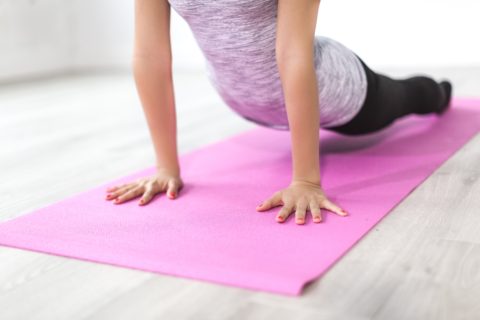The Blog
What does a balanced exercise program look like?
Posted 22 April 2018 in Training

When completing an exercise program it is important that you address multiple areas to ensure long-term health and wellbeing is maintained. Exercising is often referred to as ONLY ‘going to the gym’ or ‘running’, however it is important that your method of training has a biomechanical balance.
When you exercise we must incorporate many elements, not just cardiovascular or resistance training. You must address the 4 following key elements
1. Functional strength training- when you do some form of resistance training, ensure that you utilize your WHOLE body, don’t just focus on ‘chest day’, ‘back day’. During everyday activities there is never a day where you just use your chest, rather you use your whole body.
2. Single plane cardio aerobic training- this refers to running, rowing anything in the one direction. From this you will achieve both physical and psychological benefits.
3. Flexibility and posture mobility training- this can be achieved in many ways, through yoga classes, weekly massages, self-managed trigger point therapy, that will allow for suitable elongation of your muscle tissue so it can with stand the riggers of running and resistance training.
4. Multiple direction play/ sport- this doesn’t just refer to playing sport, but can refer to dancing, wrestling, any type of activity that forces your to challenge your movement in multiple planes of motion. This will improve your body’s reaction skills and agility.
So if we put this into context, it is important that you focus on specific areas with the same amount of time and effort. For example don’t just spend 3-4 hours per week on running and 10 minutes on mobility, there is a clear imbalance here. If you only have 4 hours a week to spend on exercise, make sure you try and allocate a simple hour to each form of exercise to stay injury free.


